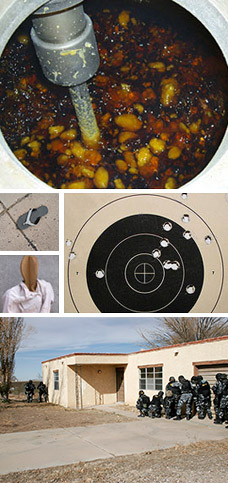
os de los susodichos, obedecieron y recibi
Contact:eron los varo
nes re ligiosos que Sus Altezas
les enviaban para
que les predicasen y ensenasen nuestra Santa Fe y todos ellos de su libre, agradable voluntad, sin premio ni conHPMdicion alguna, se tornaron cristianos y lo son, y Sus Majestades los recibieron alegre y benignamente, y así los mandaron tratar como a los otros súbditos y vasallos; y vosotros sois tenidos y obligados a hacer lo mismo.
Por ende, como mejor podemos, os rogamos y requerimos que entendais bien esto que os hemos dicho, y tomeis para entenderlo y deliberar sobre ello él tiempo que fuere justo, y reconozcais a la Iglesia por senora y superiora del universo mundo, y al Sumo Pontifice, llamado Papa, en su nombre, y al Rey y reina doña Juana, nuestros senores, en su lugar, como a superiores y reyes de esas islas y tierra firme, por virtud de la dicha donación y consintais y deis lugar que éstos padres religiosos os declaren y prediquen lo susodicho.
Si así lo hicieseis, hareis bien, y aquello que sois tenidos y obligados, y Sus Altezas y nos en su nombre, os recibiremos con todo amor y caridad, y os dejaremos vuestras mujeres e hijos y haciendas libres y sin servidumbre, para que de ellas y de vosotros hagáis libremente lo que quisieseis y por bien tuvieseis, y no os compelerán a que os tornéis cristianos, salvo si vosotros informados de la verdad os quisieseis convertir a nuestra santa Fe Catolica, como lo han hecho casi todos los vecinos de

